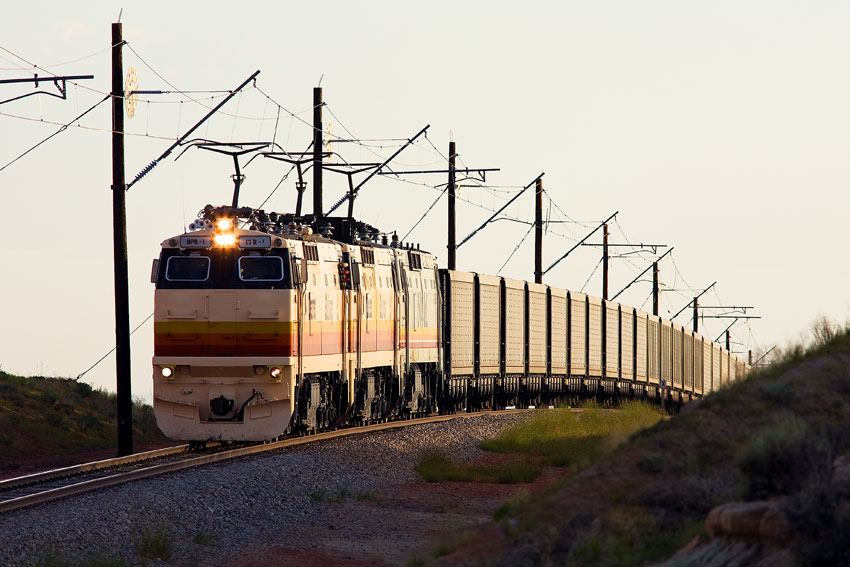— Richard Buckhold, Kirkwood, Mo.
A Grades are expressed as the rise in feet per 100 feet of length. For example, a 2.2-percent grade (such as is found on the mountain grades crossing Mullan, Stampede, and Stevens passes) rises 2.2 feet per 100 foot run. A related, often-used term is “compensated grade.” When determining power requirements for trains, railroad operating departments take into consideration a line’s profile; however, curves set within long grades increase the rolling resistance experienced by an ascending train, so some factor must be incorporated to account for the curvature. Railroads today use a typical compensation value of 0.04-percent grade per degree of curve. Thus, a long 1-percent grade with a significant 6-degree curve would be considered a 1.24-percent grade for the purpose of determining required train power. Engineers can also incorporate grade compensation when constructing a rail line. If the railroad specifies a long climb up a hill should have a compensated 1-percent grade with maximum 2-degree curves, engineers will set the actual track profile at 0.92 percent.
— David Honan, railroad project engineer at HDR Engineering Inc.













